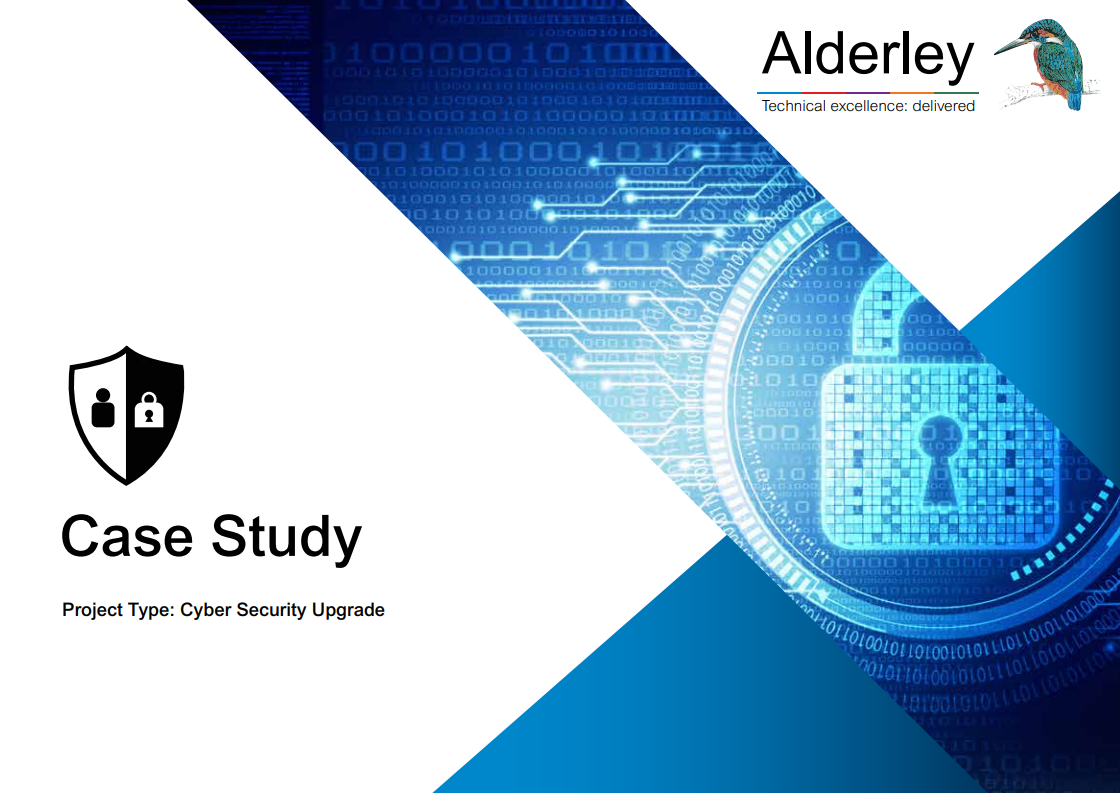Q&A with Mark Slinger following SPE Virtual Workshop on Oil & Gas 4.0
9 February 2022
I recently had the pleasure of speaking at the Society of Petroleum Engineers (SPE) Virtual Workshop on Oil & Gas 4.0 titled, ‘Unlock Potential & Opportunities from Integrated Aspects’. Hosted by leading energy firm, ADNOC (Abu Dhabi National Oil Company), the event focused on how oil and gas companies stay on top of their game as digitalisation becomes ever more important as a driver of efficiency and growth.
As the shift from analogue, paper-based processes to digital technologies accelerates, it gave me the opportunity to calibrate my thoughts on how oil and gas companies must change and ensure that they innovate and don’t stagnate.
In the following piece, I’ve examined the main challenges and provided some thoughts about the way ahead based on the interaction I had with delegates to the online workshop.
What are the technologies that will advance the Oil & Gas 4.0 era over the next few years?
No single technology represents the silver bullet, only a combination of technology that works together will solve the biggest challenges in energy. Interoperability is key to driving innovation forward.
Industrial Internet of Things (IIOT) sensors have become the norm. However, we should expect greater expansion of IIOT in the years to come as communications technologies such as 5G are deployed to help ship data to locations for processing.
We have also seen in other industries a rebalancing of the amount of data being shipped to a central location for processing with the introduction of edge-based computing. It’s highly likely that we will see this phenomenon emerge in the energy industry as well.
Furthermore, data management systems and data integrity strategies are becoming critical to managing the increasing number of outputs from this sensor data and to democratise that data to the rest of the business.
Digital Twins of assets and devices in the field are becoming a more common use case as they allow not only a real time understanding of the current asset status, but also simulate and test scenarios in the digital world before deploying them to the physical.
Cloud adoption has been slower than in other industry sectors but offers huge benefits in allowing oil & gas companies to focus on their core business while cloud providers deal with the infrastructure to support advance analytics and AI, data storage, Cyber Security and so on.
The days of creating an air gap between OT and IT and hoping that will solve security concerns are over. There is a lot of technology and expertise available today to secure the interaction between OT and IT (and the Cloud) – businesses mustn’t miss out on the value that this data can drive for an organisation!
Further technologies that will advance Oil & Gas 4.0 are 3D printing that will enable the production of replacement parts in remote locations. Augmented Reality and Virtual Reality will be key technologies. Augmented Reality will be used for maintenance improvement with Virtual Reality for training and modelling. Robotics are already being deployed on remote platforms, and drones are being used for inspections – the technology and updates in this area will only improve with time.
What is the most important challenge for technology in the Oil & Gas industry?
It’s difficult to pinpoint one key challenge. Instead, there are several key challenges around efficiency and optimising the performance of assets, improving the environmental footprint of operations and cyber security that all demand immediate attention. These areas require significant focus at the same time and improvements must run parallel to each other.
Digitalisation can help us improve the interoperability of systems caused by vast numbers of different suppliers as well as improve the transfer of data to a location for processes.
The reduction of costs is a huge challenge – if we can do this effectively, we can make key improvements to the environment and accelerate the adoption of new cleaner technologies at the same time.
Across all these areas of technology, it’s crucial to have the right level of internal ‘buy in’ to get things done as well as the right skillsets to embed and enable change. Problems that are resolved will deliver significant ROI that is scalable across the organisation. Keeping up with the speed of industry change and driving this change across an organisation is integral in our industry to better operational performance.
What is technically defensible data and why it is so important?
Working with oil and gas businesses around the globe, I’ve seen myself many ways in which data is collected and extracted.
Commonly, when data is taken from a field device, such as a flow computer or Meter, it goes through many data ‘hand offs’ consisting of multiple data layers before it is consumed by users in reports or dashboards.
This increases the risks of poor data quality due to data distortion, uncontrolled unit conversations, undocumented data standardisation and transformation.
Secondly, the data is typically not time stamped at the source so it’s not always clear exactly when an event has occurred.
In one operator that I’ve investigated, key reports were made up of data that went through over 20 different data hops before it was consumed by a report. And this leads to a lack of trust in this data.
Trust is obviously critical when investigating issues if you want to avoid situations such as costly mismeasurement processes and when reporting on emissions.
There is also significant additional cost to maintain the entire traditional architecture (servers, patching, OS upgrades, cyber security, etc.). Any data collection and transfer platform must deal with these challenges so that users can trust the data.
Part of a solution developed by us at Alderley is not just to provide the intelligent metering software layer that will deliver value from the data but, also help operators to simplify their data collection and transfer process. This is done via an intelligent edge based secure device that can be plugged into any digital or analogue feed and then securely transferred to the cloud or IT data centre.
This is stored within their data management layer and then the software intelligence consumes from there. This is how we work with our clients to build out their IIOT and data environments.
What can the energy industry learn from these other industries in terms of digitalisation?
What I’ve found in other industries is that every business needs data to run effectively. As was clear from the discussion at SPE, the oil and gas sector is no different.
Sound data management is critical to be able to support the entire business.
But even more important, solutions should be driven from real use cases that solve concrete challenges. Take these a few at a time to demonstrate the business the value of the investment to the business – it will make further investments much easier.
No one company will be able to solve all the challenges. Instead, a combination of trusted partnerships is needed to help drive this innovation and change. The future looks bright for those willing to take on the key challenges of our time.
***
Mark Slinger is Group Head of Digital Products at Alderley and is based in the UK.





